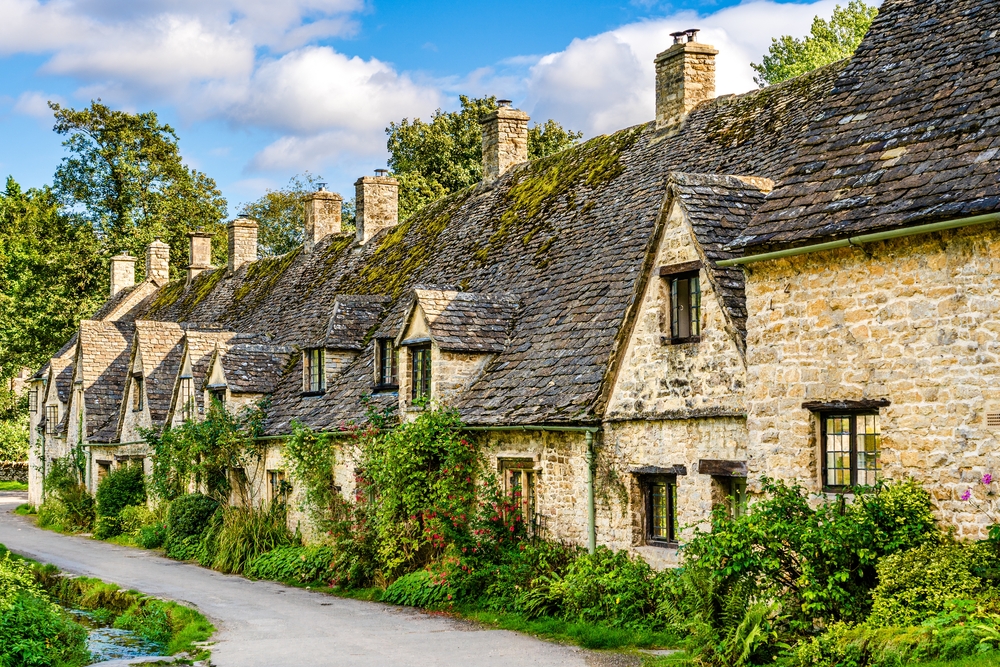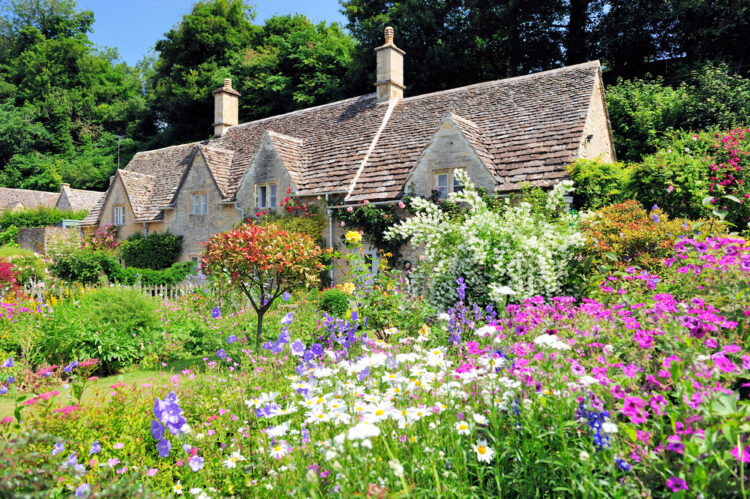Unfortunately, it may well be that Bibury needs no introduction. Already the small village of Bibury is attracting plenty of visitors risking the very quaintness that gave rise to its popularity. William Morris, a noted textile designer and artist from the 19th century, once described Bibury as “the most beautiful village in England,” an appraisal consistent with the village being featured on lists of the most picturesque locations worldwide.
Bibury’s correct pronunciation is “buy-bu-ree,” a nuance often missed by those unfamiliar with the area. Additionally, Bibury is actually located in Gloucestershire, despite sometimes being confused as part of Oxfordshire due to its close proximity. These small details add a layer of fascination for curious travelers and inspire a deeper connection to Bibury’s story.
At the heart of Bibury is Arlington Row. Originally built in 1380 as a monastic wool store, the cottages were transformed in the 17th century into homes for weavers associated with the burgeoning textile industry of the era. Photographers find Arlington Row an irresistible landscape.

Bibury offers adequate accommodations to enhance the Cotswold experience. The Swan Hotel epitomizes country inn relaxation, while The Catherine Wheel pub introduces visitors to local hospitality and traditional British fare. For an extended stay, numerous holiday cottages dot the landscape, providing a base from which to explore the neighboring towns of Cirencester and other Cotswold locales.
The Bibury Trout Farm allows visitors to engage with nature, providing a family-friendly activity where one can learn about the local aquatic life and even catch a trout or two. Meanwhile, history enthusiasts can visit the Church of St Mary. Among its many features is a stained-glass window designed by Karl Parsons in 1927, which holds the unique distinction of being used in a 1992 Christmas stamp set issued by the Royal Mail.
The River Coln flows through Bibury, forming a waterway sandwiched between the village’s main street and Rack Isle, a boggy meadow. This area owes its name to the racks used for drying clothing during the time when Arlington Row was bustling with weavers. Today, Rack Isle is celebrated for its wildlife and was given to the National Trust in 1956, and now serves as a habitat for several bird species.
For more information, visit the official Bibury website.


